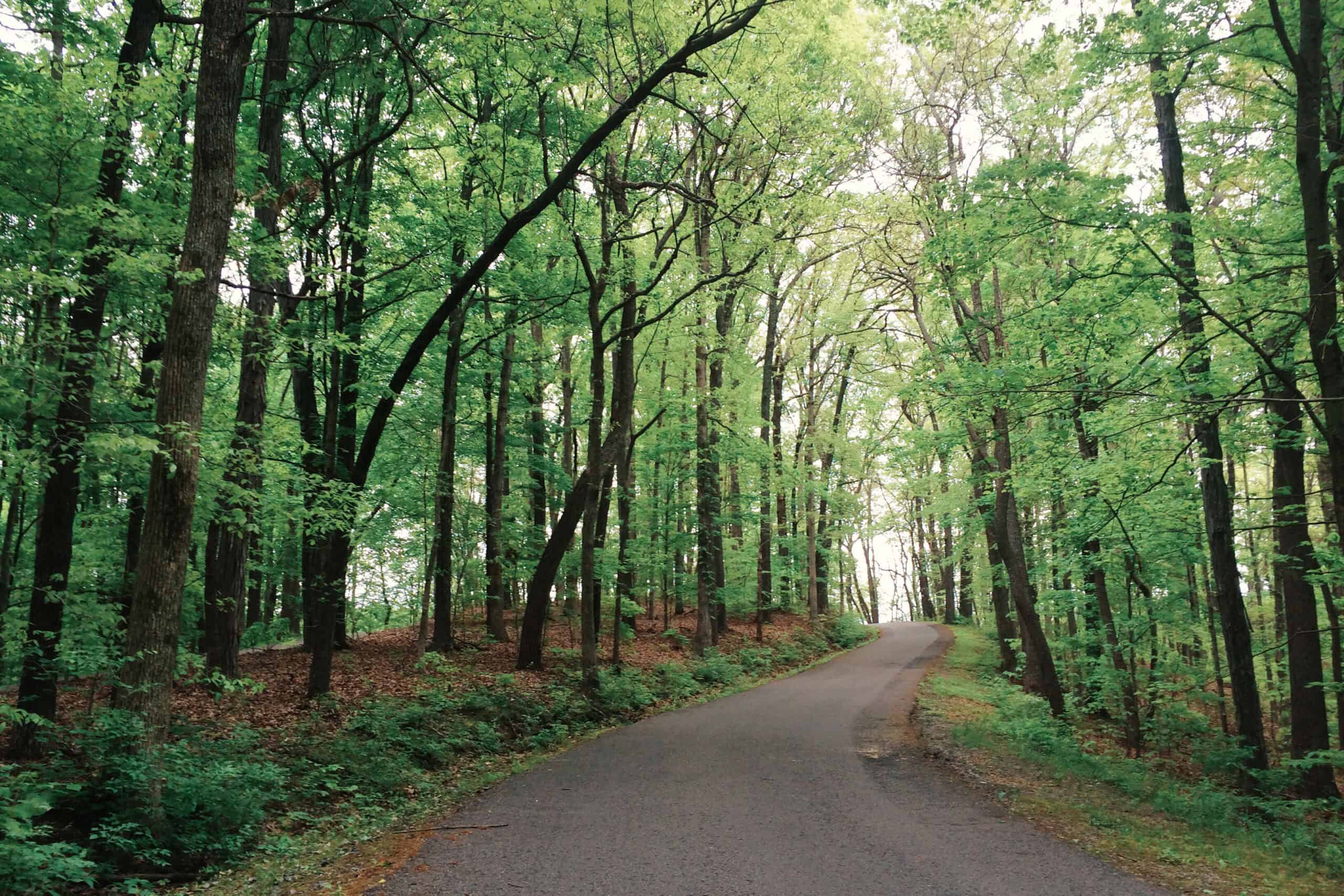Share this article
JWM: Community-based wildlife management works in Tanzania
In parts of Tanzania, villages manage wildlife conservation in return for a portion of tourism revenues. This sort of community-based natural resource management has become widespread throughout the country, but there hadn’t yet been much research on how well it worked.
In a study published in the Journal of Wildlife Management, lead author and TWS member Derek Lee, an associate professor at Penn State University and principal scientist with the Wild Nature Institute, decided to look into it.
“I was working in and around Tarangire National Park, and realized that these novel natural resource management areas had not been quantitatively assessed for their effectiveness at wildlife conservation,” Lee said.
Some researchers had looked at their socioeconomic impact, he said, “but no one had yet counted the wildlife, so we did it.”
For the study, Lee and his colleagues looked particularly at ungulates and giraffes in the Burange Wildlife Management Area. They compared densities of wildlife from distance sampling surveys inside and outside the management area, as well as giraffe survival and population growth rates from photo mark recapture data.
“Giraffes are born with distinct unique coat patterns, so we can get excellent life history data for every individual in the study area without ever touching, tagging or disturbing the animals in any way,” he said. A change from hunting to photographic tourism and increased village game scout training gave researchers a before-and-after comparison of management practices.
Lee found that wildlife management areas were not only effectively providing habitat and protection for the giraffes and ungulates but regulating domestic livestock as well. Management changes in 2014 and 2015 had positive effects on ungulate densities and giraffe survival and population growth, they found.
With community participation and adequate decision-making power, Lee said, community-based natural resource management can be effective at conserving species as well as alleviating poverty.
“Tanzania’s wildlife resources are among the finest in the world,” he said. Community-based wildlife management isn’t always successful, Lee said, “but it may offer the best way for Tanzania to retain its place as one of the most famous and profitable wildlife tourism destinations.”
TWS members can log in to Your Membership to read this paper in the Journal of Wildlife Management. Go to Publications and then Journal of Wildlife Management.
Header Image: Researchers compared giraffe and ungulate numbers inside and outside wildlife management areas in Tanzania. ©Colin J. McMechan








